I. Introduction of the product:
Rotary incineration kiln is widely used in the field of waste treatment,
commanding a market share of approximately 85%, and possess the capability to
simultaneously deal with solid, liquid, and gaseous wastes. The rotary kiln
equipment is categorized into two types: down-flow and counter-flow.
Down-flow rotary kiln: suitable for low moisture, high volatile materials,
the down-flow operation mode is widely utilized in waste incineration systems.
Its’ main advantages include a lower temperature at the kiln head, a simplified
arrangement of feed, air intake and auxiliary burner, convenient operation and
maintenance that facilitate waste feeding and safety. Especially there are
obvious control means to prevent melting slag from high calorific value
waste.
The counter-flow rotary kiln is suitable for waste materials with higher
moisture content and low flammability, primarily designed for sludge drying
purposes. In order to effectively dry the material and fully release its
volatile water, higher flue gas temperature and longer contact time between flue
gas and materials are required for the waste with higher moisture content and
low flammability.
II. Processing object:
Chemical waste residue, sludge, electronic products, household waste, medical
waste, sludge, lithium electronics industry, and it can also deal with waste
liquid and exhaust gas.
Processing capacity: 3-400T/D.
III. Technical advantages:
1. Down-flow: The waste completes a series of processes including water
evaporation, volatilization, ignition and combustion in the rotary kiln. The ash
and slag are automatically discharged by a discharged device, while resulting
flue gas is directed into the secondary combustion chamber where it is mixed
with the secondary combustion air to achieve complete combustion of the flue
gas, and ensure safe exhaust emission.
2. Counter-flow: The operation mode can provide better gas, solid mixing and
contact, ensuring high heat conduction efficiency to achieve maximum mass and
heat transfer. Additionally, it exhibits a rapid combustion rate and combustion
efficiency. Notably, the air supply section serves as the burnout section,
significantly contributing to the discretionary reduction rate of slag.
Moreover, residual carbon in this burnout section can undergo oxygen-fueled
burnout. Simultaneously, the physical heat from residue elevates flue gas
temperature resulting in noticeably higher thermal efficiency compared to
down-flow processes. By implementing controlled gas combustion, a substantial
amount of carbon monoxide and hydrocarbon gases are combusted within the
secondary chamber—representing an ideal clean burning mode that minimizes energy
consumption.
3. Equipped with mature exhaust gas treatment system, the incineration
cracking rate reaches an impressive 99.99%, ensuring compliance with the that
latest environmental requirements for exhaust emissions.
IV.Characteristics:
-
Versatile Combustion Capability: The equipment is capable of incinerating solid waste, liquids, colloids, and gases, demonstrating a high degree of adaptability to different types of waste materials.
-
Combined Heat Transfer and Efficient Utilization: As waste materials tumble forward within the kiln, conduction, convection, and radiation—three modes of heat transfer—occur concurrently, resulting in high thermal efficiency.
-
Durable and Cost-Effective Linings: Contact between high-temperature materials and refractory linings is managed effectively, with easy replacement of the kiln lining at a relatively low cost.
-
Simplified Mechanism and Ease of Maintenance: The driving mechanism is straightforward and located outside the kiln shell, facilitating easy maintenance of the equipment.
-
Flexible towards Waste Characteristics: The system can accommodate a wide range of waste shapes and moisture contents.
-
Extended Residence Time and Complete Combustion: Over 1 hour of residence time within the rotary kiln at temperatures above 850°C ensures near-complete combustion of hazardous waste. In the secondary combustion chamber, intense gas mixing achieves temperatures exceeding 1100°C, with a flue gas residence time of more than 2 seconds, which not only ensures complete combustion of unburned substances but also avoids or minimizes conditions conducive to dioxin formation.
-
Effective Sealing and Negative Pressure: Robust sealing measures and negative pressure within the furnace guarantee no leakage of harmful gases.
-
High Operational Availability: The system boasts a high annual operational rate, typically reaching 90%, with convenient operation and maintenance practices.
V. The process flow:


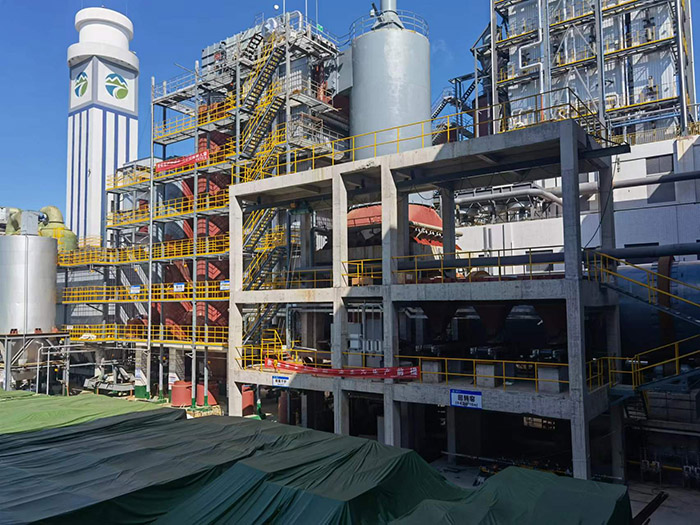
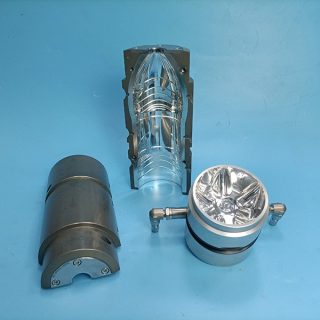
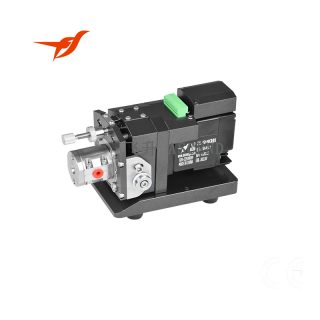
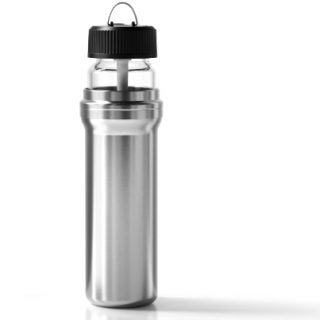
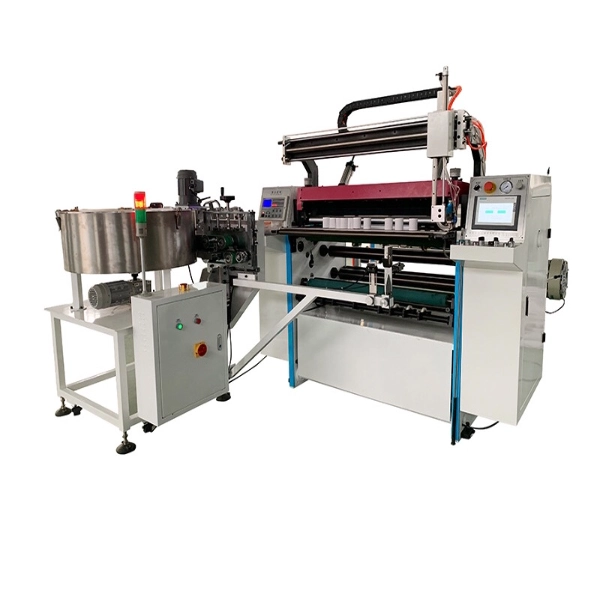
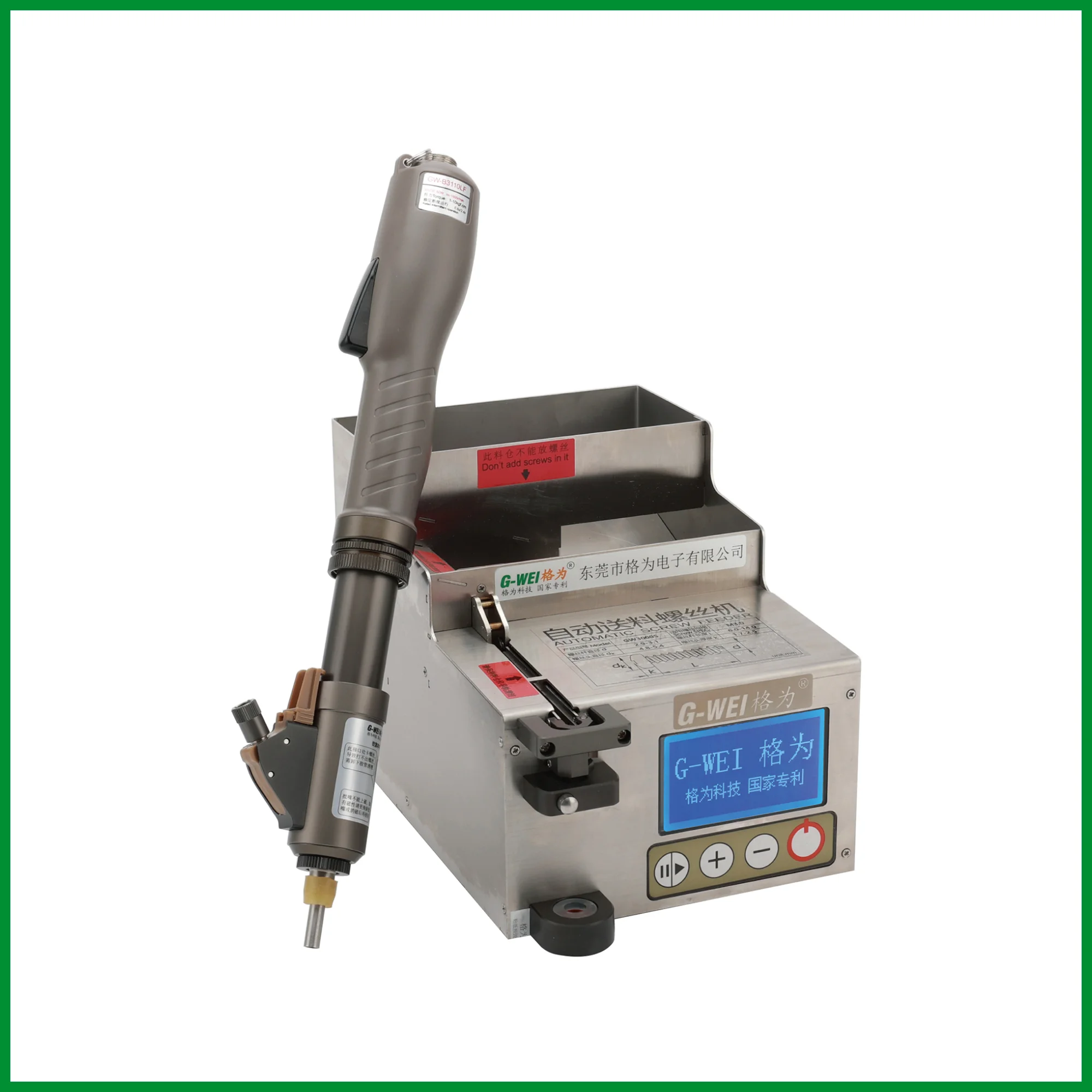
Reviews
There are no reviews yet.